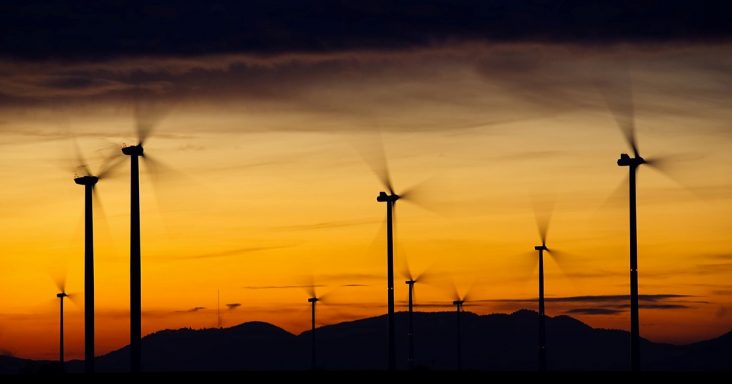EIA: renewables, coal-fired electricity generation to rise this year
by July 11, 2024 11:12 am 182 views

The United States is expected to generate more electricity from renewables and coal in the second half of 2024 as electricity demand and natural gas prices increase, according to the U.S. Energy Information Administration (EIA).
The EIA released Tuesday (July 9) the Short-Term Energy Outlook for July that shows natural gas prices are projected to rise about 36% in the second half of the year from the first half. Because of this, the EIA expects a decline in electricity generation from natural gas – the largest fuel source for U.S. electricity.
Electricity demand is expected to rise about 2% in the second half of this year compared to the same period in 2023. The EIA expects renewables and coal to provide more power to meet the demand.
“The increase in electricity demand paired with a decrease in natural gas generation creates a gap between the power we need and the power being produced,” said EIA Administrator Joe DeCarolis. “Utilities will look for a more economical alternative as natural gas prices go up. Since so much renewable capacity has been coming online the last couple of years, we expect renewables – especially solar – to fill more of the gap in the power mix. We expect utilities will also look to coal as a less expensive fuel source the rest of the year.”
Solar electricity generation is expected to rise by 42% in the second half of 2024 compared to the same period in 2023. Over the same period, the EIA expects 6% more generation from wind, 3% more generation from hydropower and 3% more generation from coal.
The hotter-than-normal start to the year contributed to an about 5% increase in U.S. electricity generation in the first half of 2024 compared to the same period in 2023, as air-conditioning use increased in response to higher temperatures.
The EIA attributed the 2% increase in electricity demand in the second half of this year to continued demand growth in the commercial sector, which includes growing demand from data centers. This is projected to be offset slightly by temperatures that remain flat compared to the second half of 2023.
Following are other highlights from the Short-Term Energy Outlook.
• International benchmark Brent crude oil prices are expected to rise to an average of $89 per barrel in the second half of 2024 and to $91 in the first quarter of 2025, up from an average of $84 per barrel in the first half of 2024. The price increase is attributed to declining global crude oil supplies as global oil production falls and global consumption of liquid fuels rises.
• U.S. households are expected to spend about 2.3% of their disposable income on gasoline in 2024 and 2.2% in 2025. Vehicle efficiency and household income increases are projected to offset expected gasoline prices and consumption growth.
